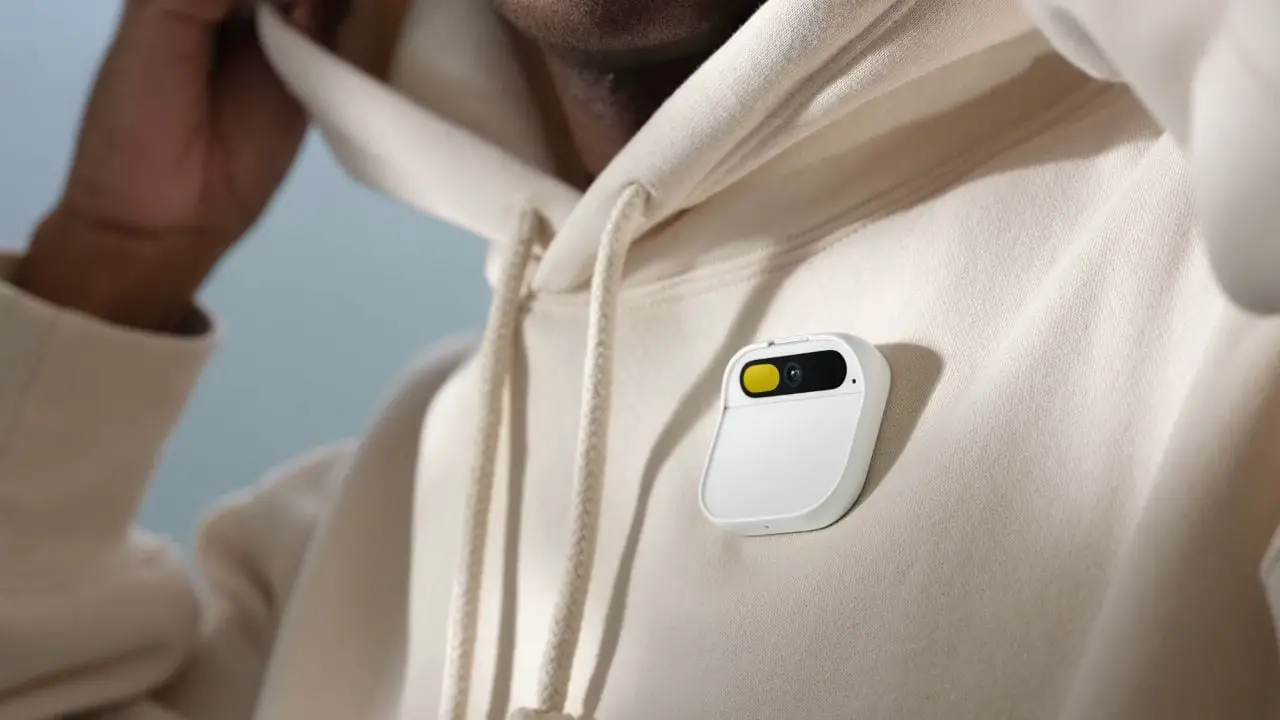Highlights
- AI tools like Midjourney and DALL-E 2 are redefining creativity in art.
- AI-generated art sparks debates about originality and ethics in the art world.
- The future of art might involve a blend of human and AI creativity.
One of the things most purely expressed in creativity is art, wherein all feelings stories, and imagination are captured. But what about when a powerful artificial intelligence steps into this game?
Now, using AI tools like Midjourney, DALL-E 2, and Stable Diffusion, it’s easier to create breathtaking images simply by typing a few words. This is a thrilling step into the future for some, but raises crucial questions about creativity, ethics, and the very nature of art for others.
How AI Generated Images Transforming?
Is AI-generated art a new innovative modern form of expression, or is it a passing phenomenon in technology? Dive in with us to this wonderful cusp of AI and art to get an understanding of its impact, potential, and controversies.
What Is AI-Generated Art?
Generative art might better be named AI-generated art. Images or visual content are produced by algorithms based on machine learning processes. The machine learning processes then help analyze massive datasets- actually, millions of images and their corresponding descriptions-for the AI to learn artistic styles, techniques, and patterns.
When you give an AI the prompt “a futuristic city at sunset” or “a cat wearing a superhero costume,” it runs a description through all of its training and creates an original image based on that training. Sometimes, the output images are so detailed, so full of imagination, and so eerily human-like in style.
It is not limited to mere reproductions of the already existing art. AI machines can mix styles, throw unrelated ideas together, and even come up with novel concepts of visual art. It is a new game for those who want to explore and have a glimpse of creativity without necessarily having traditional artistic skills.

Upsides of AI-generated Art
This art from AI is more than just cool technology; it opens up exciting opportunities in the creative world.
AI art democratizes creativity because not everyone can become Van Gogh or Picasso with brushes or sketch with hands, but with AI tools, people can represent jaw-dropping things. Just think about making your wildest ideas come to life within a few clicks!
For example, it accelerates creative processes. It makes creativity possible with brainstorming ideas, fast generation of drafts, and experimenting with work. Fundamentally, AI works like a digital co-creator, ready to experiment with innovation.
One more fringe benefit is that this innovation inspires new thinking. AI can create images that would take a human artist weeks to perfect. It is being used for designing immersive experiences in virtual reality and augmented reality, thus discovering new paths for interactive art.
Lastly, AI is a good learning tool. Through AI, students and young artists can learn more techniques, styles, and compositional skills that would help them learn more about the art world.
Dark Side: Moral or Ethical Issues and Concerns
The benefits of AI-generated art have their fair share of problems.
Issues in depth all revolve around originality. All these AI models are going through the training on existing art works most of which have copyrights. This means that whether the AI-generated image can be termed as an original or borrows from the works of a thousand human artists. This has therefore sparked controversy around intellectual rights and fairness in the creative industry.
However, one concern that exists here is the shortcoming regarding a lack of human factors. A classical artist will take years to perfect his craft, pouring tears and personal experiences into work. One can’t say how an algorithm without a heart produces “art.
Another anxiety is that the panache of AI dominance is going to overtake the artists and put their time-honored skills in the background. Who needs to pay for hand-painted art when a beauty similar to it can be produced by some AI in a second?
AI Future for Original Art
AI is still in its infancy, but when it comes to the art world, its potential is endless. It cannot take over human imagination but can assist them in creating novel art forms and experimenting with new styles.
Imagine having art personalized, and shaped according to your favorite colors, themes, and even moods. Or think of totally new genres, which can only be conceived by AI. The scope is limitless.
The machine-generated art would certainly take a central position in all spheres within the augmented and virtual reality domains. It is possible to imagine a virtual world where machines create all landscapes and small components in collaboration with human minds.
What we do with it will determine the future of AI art. Will it simply be an inspiration, or will it be something that helps redefine what we call art?
Wrapping It All
Really, it’s undeniably fascinating. It challenges our understanding of creativity, inspires new ideas, and even very heated debates. While it can never replace the raw emotion and individuality of human artistry, it has the potential to enrich and expand what art can be.
For now, however, the relation between a human and AI in art is not one of competition but of a budding partnership. It is only if the AI is seen as an art piece that a free creative future could be analyzed today.






